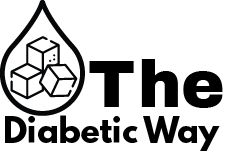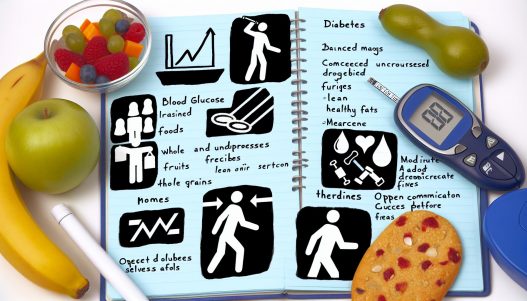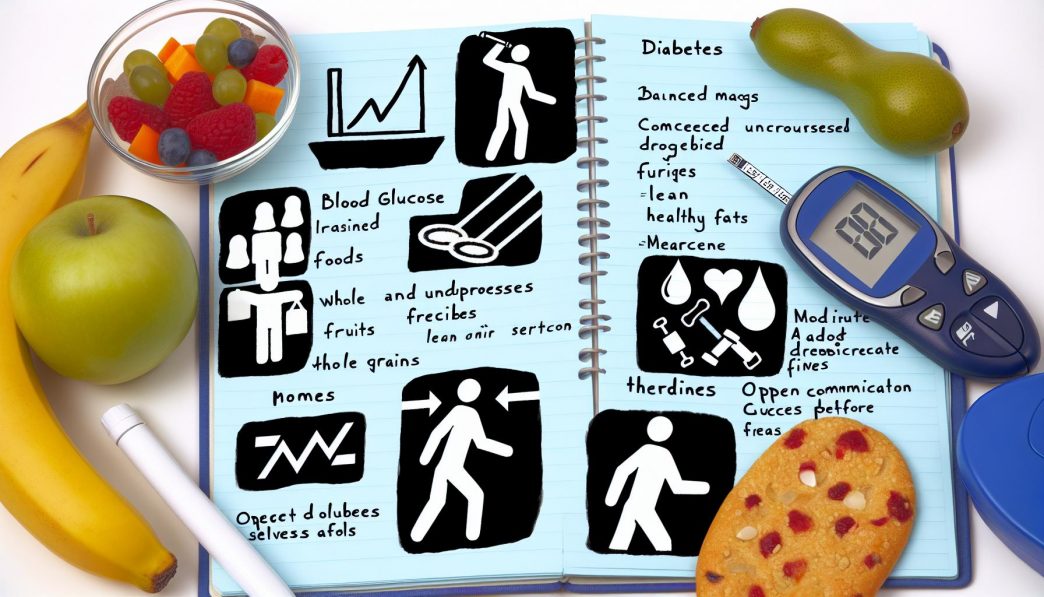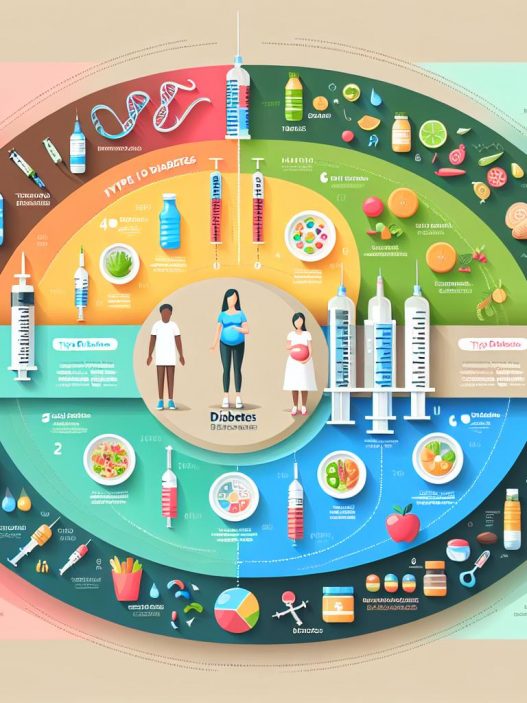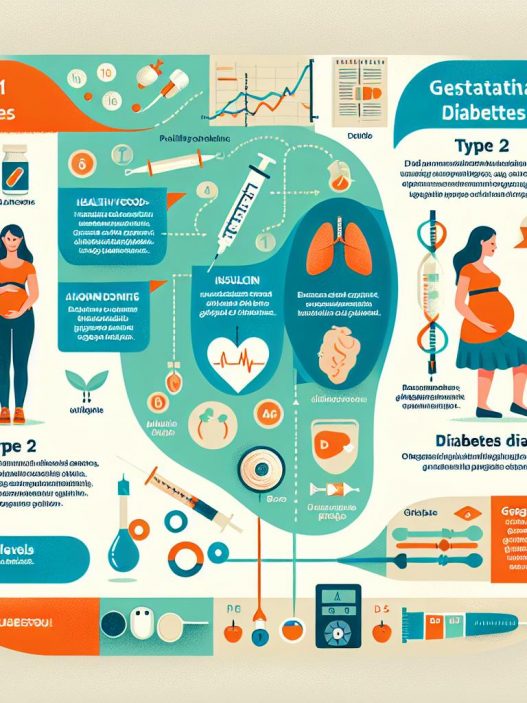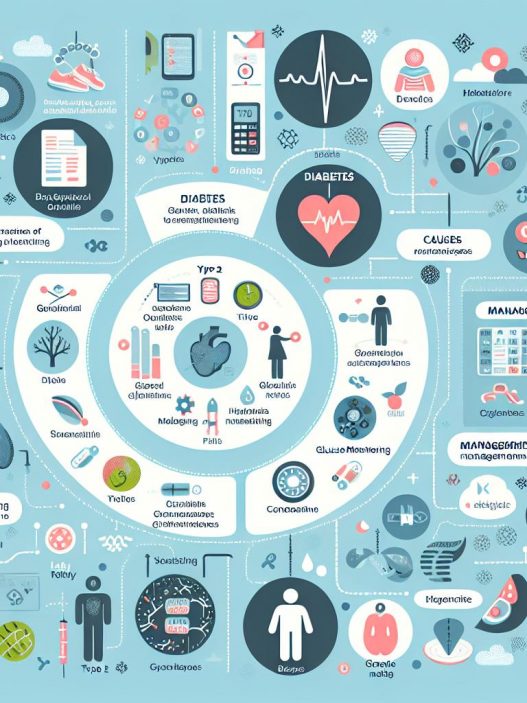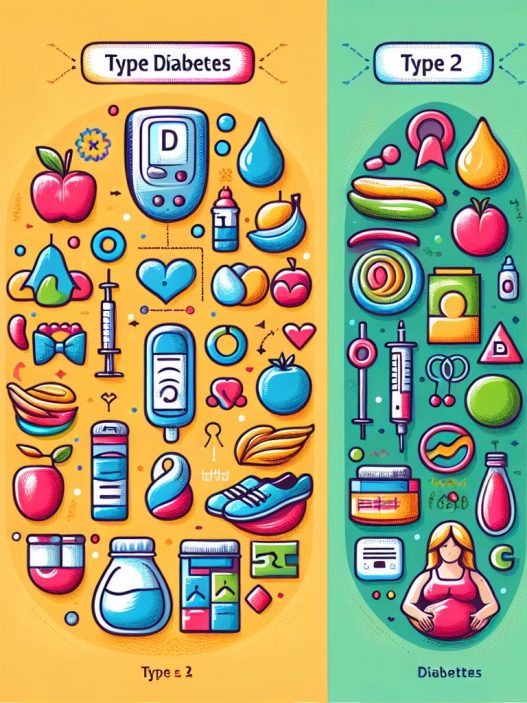# Practical Tips from the American Diabetes Association for Better Health
Managing diabetes is an essential part of maintaining overall health and well-being. The American Diabetes Association (ADA) offers a wealth of information and practical tips that empower those living with diabetes to take control of their condition. Whether you are newly diagnosed or have been managing diabetes for years, adopting these strategies can help you lead a healthier and happier life. In this article, we will delve deep into various practical tips provided by the ADA for better health management and the crucial role they play in achieving your health goals.
Understanding Diabetes Management
Effective diabetes management involves a comprehensive approach that combines dietary habits, physical activity, medication adherence, and regular monitoring of blood glucose levels. The American Diabetes Association stresses the importance of creating a personalized diabetes management plan that takes into account individual preferences, lifestyle, and health status. Understanding the various types of diabetes—Type 1, Type 2, and gestational diabetes—can also guide you in adopting the right strategies for better health.
Regularly monitoring your blood sugar levels is crucial in understanding how food, physical activity, stress, and medications affect your glucose levels. The ADA recommends keeping a log of your blood sugar readings, along with notes on food intake and exercise, to identify patterns and make informed adjustments to your management strategy. This detailed insight can be invaluable in avoiding complications and achieving stable blood sugar control.
The Role of Nutrition in Diabetes Management
When it comes to managing diabetes, nutrition plays a pivotal role. The ADA highlights the necessity of a balanced diet that emphasizes whole, unprocessed foods. A diet rich in vegetables, fruits, whole grains, lean proteins, and healthy fats is essential for maintaining optimal blood sugar levels. It is also important to pay attention to portion sizes and carbohydrate counting to help regulate blood sugar spikes.
In addition to focusing on nutritional choices, the ADA encourages individuals to maintain a consistent eating schedule. Regular meal timings can help balance blood sugar levels while preventing feelings of extreme hunger and the subsequent temptation to overeat. It is advisable to plan meals ahead of time and incorporate snacks that are diabetes-friendly, as this can reduce impulse eating.
Understanding food labels and becoming familiar with how to read them can empower individuals to make healthier choices when shopping for groceries. The ADA provides resources to help you interpret food labels, emphasizing the importance of limited added sugars and unhealthy fats. By being mindful of what you consume, you can take significant steps toward better health and diabetes management.
The Importance of Physical Activity
Regular physical activity is another key factor in effectively managing diabetes. According to the ADA, incorporating at least 150 minutes of moderate aerobic exercise each week can lead to improved insulin sensitivity, better blood glucose control, and overall health benefits. Activities such as walking, swimming, or cycling are excellent ways to engage in aerobic exercise.
Strength training is equally important in supporting diabetes management. The ADA recommends incorporating resistance exercises into your routine at least two days a week. These exercises not only help build muscle but also improve metabolic function, which can facilitate better glucose regulation. A combination of aerobic and strength training creates a comprehensive exercise regimen that can lead to significant health improvements.
Furthermore, physical activity has psychological benefits that can aid in managing diabetes. Regular exercise can reduce stress and anxiety, improve mood, and enhance overall quality of life. The ADA encourages individuals to find physical activities they enjoy, making it easier to stay motivated and committed to an active lifestyle.
Medications and Insulin Management
Another critical aspect of diabetes management involves medication adherence and understanding the role of insulin. While lifestyle changes can significantly impact blood sugar levels, many individuals with diabetes may require medication or insulin therapy in addition to dietary and exercise modifications. The ADA emphasizes the importance of working closely with healthcare providers to create a tailored medication plan that aligns with individual needs.
Understanding the different types of insulin and their mechanisms can demystify insulin management. Rapid-acting insulin, long-acting insulin, and supplemental doses each serve distinct purposes. It is crucial to recognize when to administer insulin based on food intake and physical activity levels.
Moreover, individuals are encouraged to communicate openly with healthcare professionals about their treatment plans and any challenges they face with medication adherence. This dialogue can foster adjustments to doses, schedules, or medication types, ensuring that diabetes management is more effective and personalized.
Monitoring Blood Sugar Levels
Monitoring blood glucose levels is fundamental in managing diabetes effectively. The ADA recommends performing regular checks to understand how food, exercise, and medication impact blood sugar levels. There are numerous tools available today, from traditional glucose monitors to continuous glucose monitoring systems that can provide real-time data.
Understanding the target blood sugar range is crucial. The ADA suggests that most non-pregnant adults with diabetes aim for a blood glucose level of 80-130 mg/dL before meals and less than 180 mg/dL two hours after meals. Keeping within these recommended ranges can significantly reduce the risk of complications associated with diabetes.
In addition to home monitoring, individuals should regularly consult with healthcare providers and seek advice on necessary adjustments to their monitoring routine. This collaborative approach ensures comprehensive management of diabetes with optimal outcomes.
In conclusion, following the practical tips provided by the American Diabetes Association can dramatically improve your health and quality of life. By understanding diabetes management, embracing a nutritious diet, engaging in regular physical activity, adhering to medications, and monitoring blood glucose levels, you can take significant strides toward better health. Remember that managing diabetes is not just about meeting targets; it is about making sustainable lifestyle choices that enhance your overall well-being.
